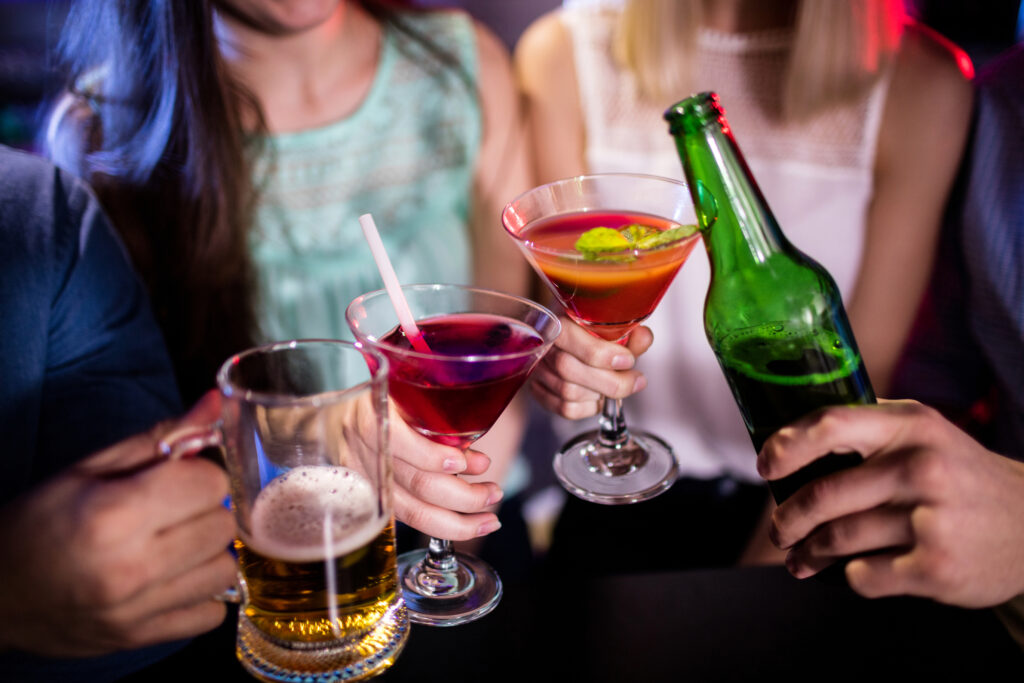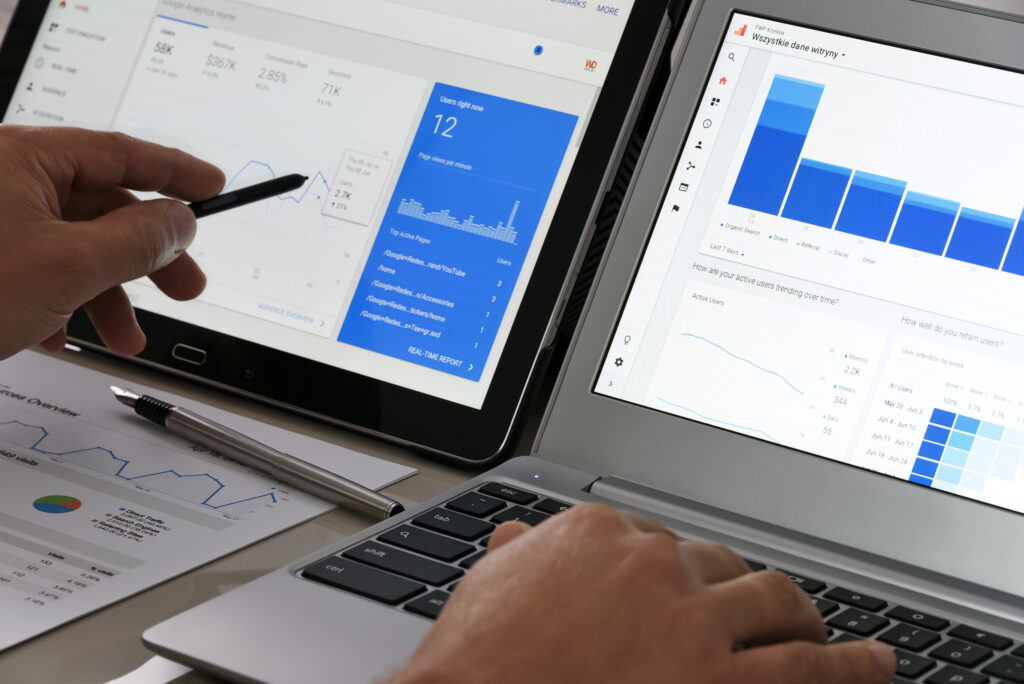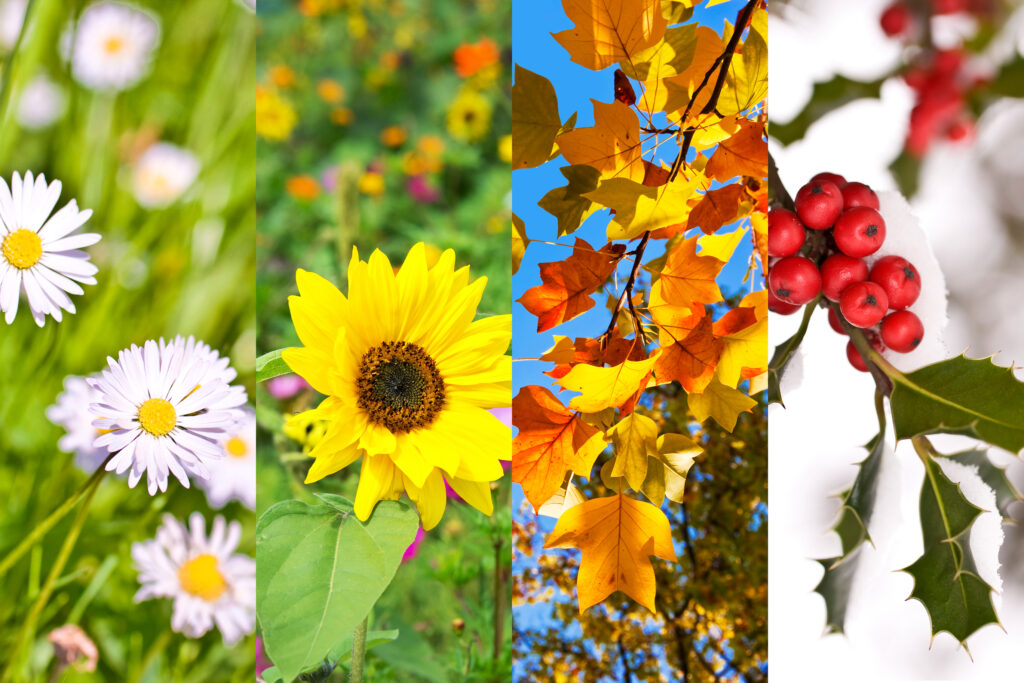
By: Hanifa Sekandi
As consumers become health conscious, their alcohol consumption habits are under careful review. Alcoholic beverage companies need to take note. Keg party adverts are generally less appealing year-round. What works during football season will not work during the off-season. Mindful alcohol consumption enthusiasts lean toward brands that consciously market their beverages. Being the life of the party is desirable but certainly not sustainable. Being the “it” beverage is also desirable. But there are many ways to enjoy your favorite beverage. It is up to brands to illustrate versatility.
This is especially true for brands looking for lifetime consumers who value quality – consumers who do not consume alcohol for sport but rather for leisurely pleasure. Brands must take drinking culture shifts into account as people look to change their relationship with alcohol. This type of consumer will also pay close attention to brand messaging. It is a confusing trend but the new normal that marketing teams must adjust to. Does this mean it is time for you to reconfigure your entire marketing strategy? No! Never lose sight of who your audience is. You are adjusting your marketing wheel, not reinventing it.
How did this happen? For many years, beverage companies could run the same marketing campaigns year after year. It was business as usual. TV commercials and out-of-home marketing always hit marketing targets and sales goals. Perhaps previous marketing strategies worked because sources of influence were limited. Companies knew where to find their consumers. And their consumers, whether they liked it or not, would be exposed to advertisements everywhere they went. Traditional advertising gave companies more control over their audience and their brand messaging.
The golden marketing era of yesteryear is over. The digital world shifted this simplistic yet captivating force. A basic, giant billboard does not captivate the masses as quickly as it once did. Alcoholic beverage companies need to think outside the box. Modern consumers are distracted and overwhelmed by over-marketing. As a result, they look for brands that fit their lifestyle ideals. However, the digital world allows consumers to have direct access in real-time. It has also led to marketing blunders from overzealous marketing teams. Checks and balances are overlooked to keep up with a fast-paced social world. The beverage industry is not the only sector that needs to dial it back and rethink its marketing approach.
What is Mindful Drinking Culture?
Have drinking habits changed? This is hard to discern. Depending on where you live in the world, there may not be a significant shift. Drinking habits have diversified. People are not just influenced by drinking cultural norms in their city or country but also by other countries. International travel opens an opportunity to explore unique beverages and the social milieu of alcohol consumption. Traveling to Italy, one will discover that the cultural norms associated with drinking culture deviate from those in North America. Mainly, an alcoholic beverage is an accompaniment to a great meal enjoyed with friends and family. It is not the starter of the party or what holds the event together.
Believe it or not, a mindful drinking culture benefits your marketing strategy. Now more than ever, people desire meaning. They prefer to support brands that care about the quality of the beverages they produce and their overall impact. For some, mindful drinking is imbibing alcoholic beverages with clean ingredients and brands that use sustainable packaging and cultivation methods. Brands offering single-serving sizes of their beverages are quite favorable. Mindful drinking culture carries the idea that moderation is equally as good as excess. Supporting a brand should not contradict lifestyle goals.
Yet there is some confusion about the use of the word mindful. What does it mean? Mindful living encompasses the ideal that people thoughtfully and actively make decisions with awareness and care—selecting a beverage thoughtfully and consuming it with this principle.
Embracing this trend is a wonderful opportunity to segway into the NoLo market. Or you might diversify your beverage portfolio with variations of a popular beverage from your product line. For example, Heineken recognizes this shift and embraces a mindful drinking culture with the statement, “We believe alcohol, when consumed in moderation, can be part of a well-balanced lifestyle.” A powerful stance that has increased consumer trust and opened the door to expanding their product line. Heineken has gone a step further by giving customers access to ingredients and nutrition information for all their beverages—a notable example from an industry leader in effective mindful marketing.
It is an approach that bolsters their bottom line while respecting consumer choices. Heineken is appealing to a consumer who may desire one or two alcoholic beverages and loves their beverages but would enjoy a comparable alternative option throughout the night. Heineken did not reinvent its brand but rather expanded its brand ethos for the future.
Mindful drinking culture also reminds us that how and where people choose to enjoy a cocktail does not have to fit into a stereotypical framework. Are consumers mindfully looking for healthier alternatives with less sugar, or are they preservative—and filler-free? Mindful marketing strategies should zero in on keywords and key elements that will draw this consumer to their beverage. It opens up a world of possibilities from a marketing perspective and brand development.
What Is Conscious Marketing?
Just because it is trending online does not mean your brand should participate. Everyone online is a post away from their audience turning on them. Conscious marketing is a steady and well-thought-out approach that maintains your brand values. It also sees the consumers as a long-term partnership. What is unique about this partnership is that although your product may stay the same with a few new additions now and then, your consumer will not remain the same. Kathy, your loyal consumer, will naturally experience life changes; with them, her views and lifestyle will change. What she will value in your brand is consistency and authenticity. If you are in the beverage industry for the long haul, beverage brands must get this aspect of their marketing ethos right.
The entry of competing new brands that appear to experience overnight success may spur the need to experiment or chase the competition. Expert-conscious marketers use “the tortoise and the hare” approach to ensure that their beverage becomes a mainstay in the sector, an approach that can lend itself to a mindful drinking culture. Conscious marketing is driven by consumer choices and not social trends, choices that are driven by lifestyle.
So, if you are worried about your customers abandoning your beverage in favor of new brands that have the advantage of marketing themselves as something new, what is the best approach? How can you still cut through the noise or maintain notoriety without being a one-hit, viral sensation? There is a lot to consider, but the approach is quite simple.
Pivot Your Brand Messaging
In most cases, the answers are not out of reach. Review previous marketing campaigns. What stood out? How did your audience respond? Then, conduct market research. Ask your consumers questions. This can be in the form of a mini-survey with a discount code as an incentive. Or a call to action on social media or in a newsletter. Ask your audience how they enjoy your beverage. What would be the ideal setting to have a cold beer? Once you gather your data, strategize a marketing campaign that maintains your brand mission while pivoting your brand messaging to inspire and captivate your audience.
A consumer-first strategy that aligns with conscious marketing is focused on asking people what they want and not telling them what you think they want. However, beverage brands have found a way to interplay with other facets of culture, from entertainment to fashion. What a famous shoe brand does to appeal to customers is not what beverage brands should do. Both the entertainment and fashion sectors are unpredictable. Beverage brands cannot afford to roll the dice and hope a campaign hits the mark the way brands can in other sectors. It is easier for brands in these sectors to recover.
Opportunities for experimentation are open in some sectors. In the beverage industry, once you have your audience, it is hard to recover them if you lose them. A clear blueprint of your consumers, their behaviors and projections into future behavioral changes will help you accommodate a mindful drinking culture while remaining competitive in an ever-changing industry. Who will Kathy be in ten years? How can you ensure that she is a lifetime customer?








